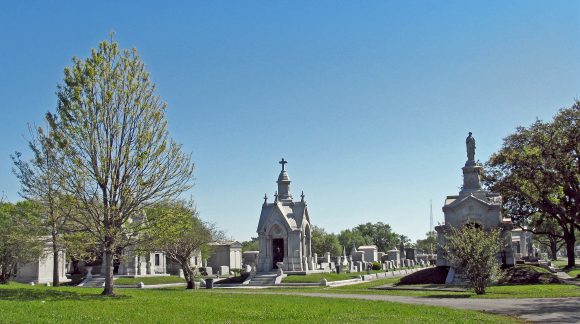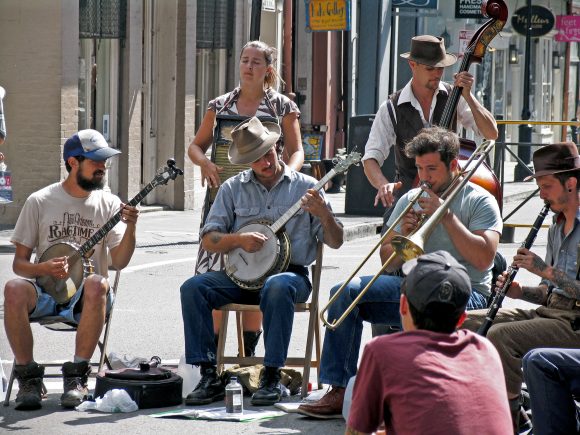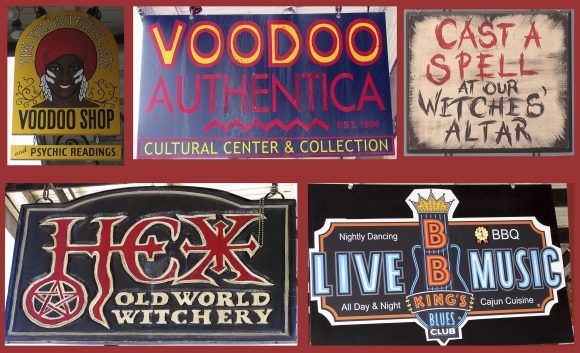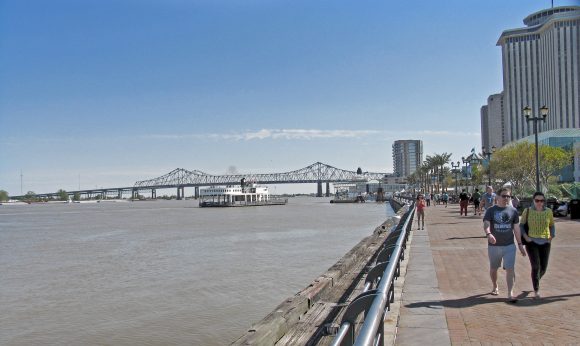Most people know that in a relationship the sexual honeymoon does not last forever. Then came along Viagra for men’s erectile dysfunction. It was soon realized that a man needs a partner who has the same kind of desire. There are many women who have difficulty with libido – also known as hypoactive sexual desire disorder. They need help as well.
Now that help is here. The US Food and Drug Administration recently (August 2015) approved flibanserin (Addyi) for the treatment of reduced sexual desire in pre-menopausal women. This should offer help in the bedrooms of North American couples.
What is hypoactive sexual desire disorder (HSDD)?
HSDD affects up to one in 10 American women. It’s characterized as an unexplained persistent lack of sexual thoughts, fantasies, responsiveness and desire to engage in sex, which causes personal distress.
What you should know about the drug flibanserin (Addyi)?
- It is approved for the treatment of pre-menopausal women with reduced sexual desire that causes personal distress or relationship difficulties. The medication increases the number of satisfying sexual events per month by about one half over placebo from a starting point of about two to three.
- Most side effects of flibanserin were mild to moderate. The most commonly reported adverse events included dizziness, nausea, feeling tired, sleepiness, and trouble sleeping.
- Drinking alcohol while on flibanserin may result in severely low blood pressure.
- Flibanserin was originally developed as an antidepressant, before being repurposed for the treatment of low sexual desire.
- Flibanserin should not be used to treat low sexual desire caused by co-existing psychiatric or medical problems, problems in the relationship; or low sexual desire due to medication side effects.
- In the U.S. physicians and pharmacies dealing with flibanserin have to undergo a certification process, while patients need to submit a written agreement to abstain from alcohol.
How does flibanserin work?
Sexual response depends on several factors and actions. Various nerve transmitters, sexual hormones and other hormones play a significant role in sexual excitation and inhibition. Among nerve transmitters, excitatory activity is driven by dopamine and norepinephrine, while inhibitory activity is driven by serotonin. The balance between these systems is of significance for a normal sexual response.
By changing serotonin and dopamine activity in certain parts of the brain, flibanserin may improve the balance between these neurotransmitter systems in the regulation of sexual response.
Flibanserin (Addyi) has been favourably received by many physicians, women’s organizations and women in general. But there are some who have reservations. People who disapprove of this medication have questioned the relevance of turning a woman into a patient if she has no interest in having sex.
Only time will tell if in the long run the “female Viagra” will create overall satisfaction and happiness in the bedrooms of the nation. As our former Prime Minister Pierre Elliott Trudeau said, “There’s no place for the state in the bedrooms of the nation.” What about the drug companies? Can they bring satisfaction and happiness in our bedrooms?
Start reading the preview of my book A Doctor's Journey for free on Amazon. Available on Kindle for $2.99!










